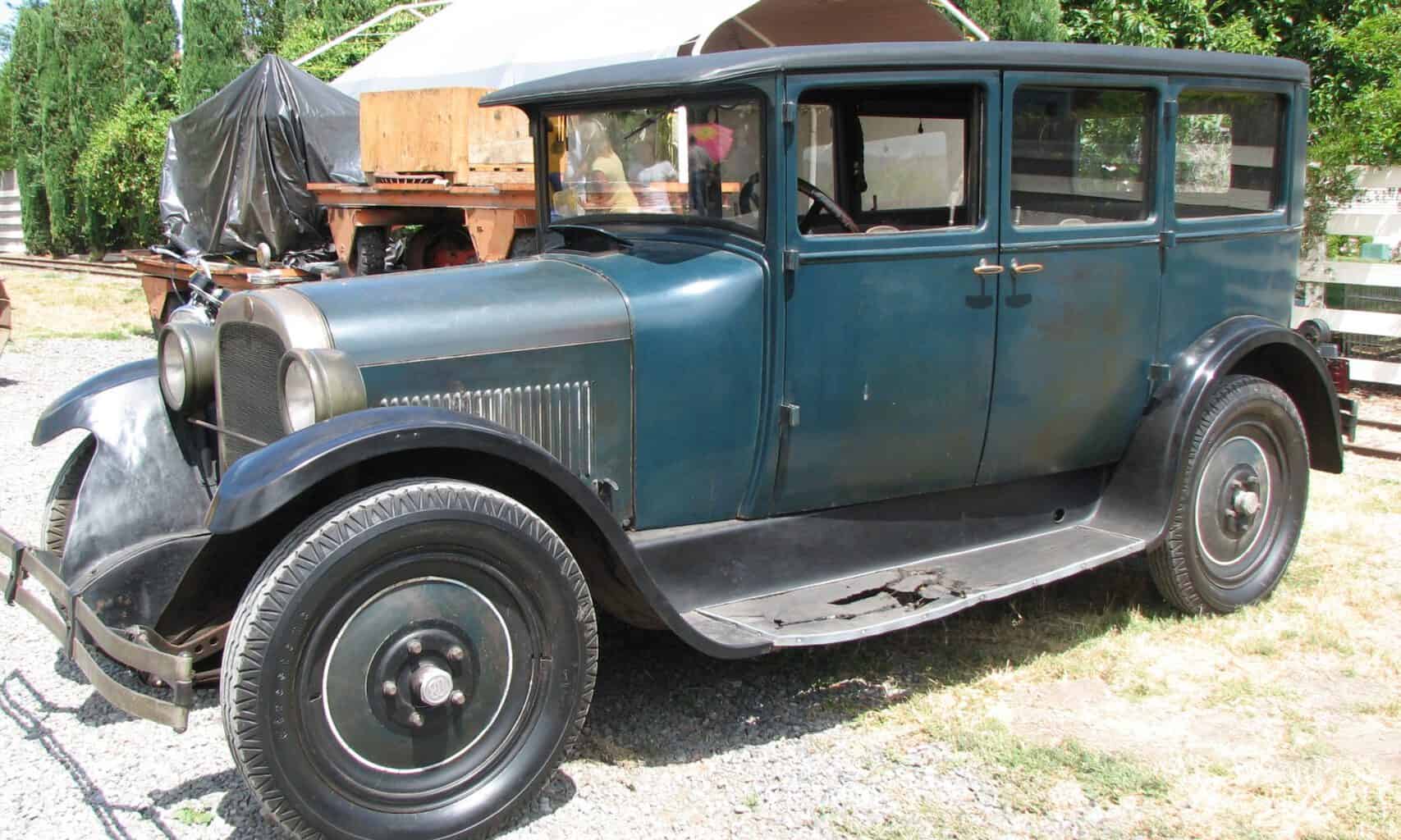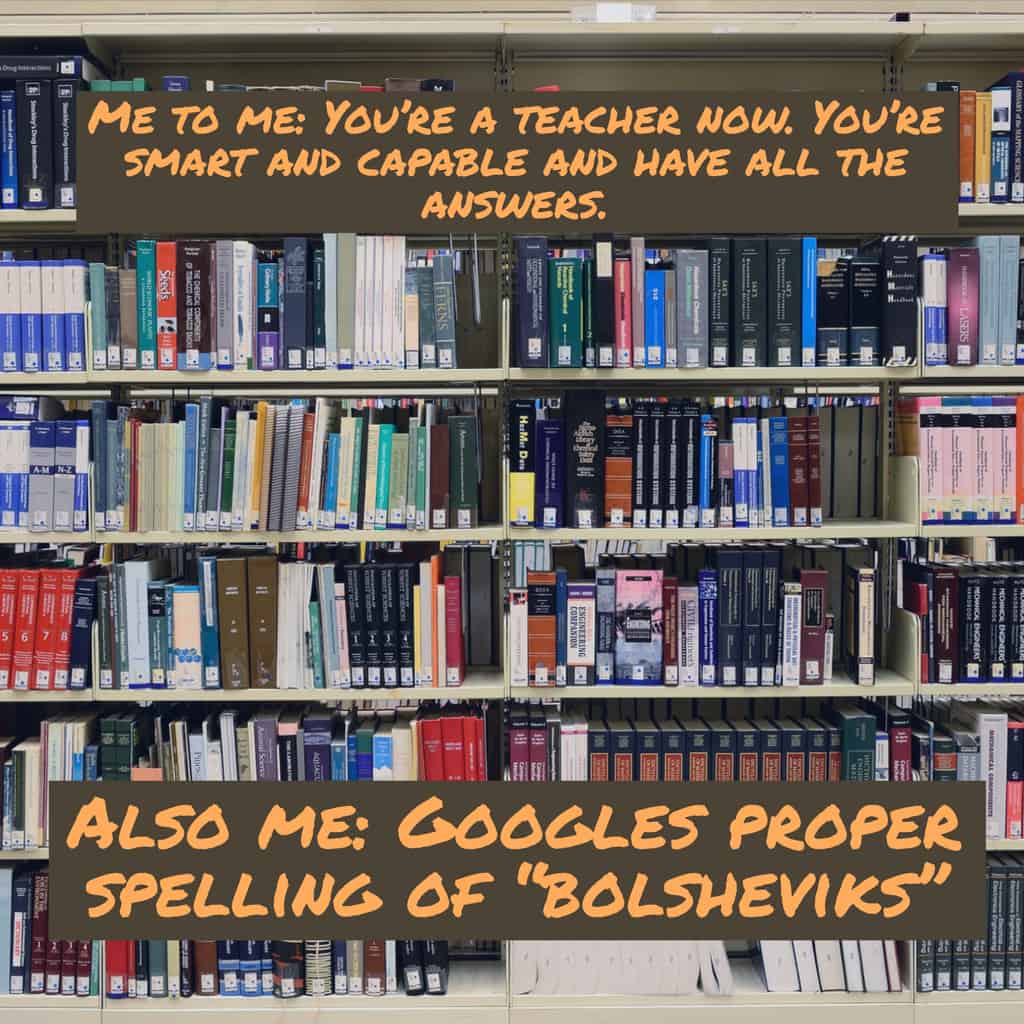This activity focuses on analyzing a depiction of the Boston Massacre and trying to identify any bias that is present. I imagine this activity taking place soon after starting a unit surrounding the Revolutionary War (including causes and effects). The engraving on this Google Form is meant to depict a scene of the Boston Massacre, however there are ways to interpret bias from this specific source (looking at things such as who is inciting the violence in the illustration). Students will observe the engraving attached to the Google Form and answer the questions that follow based on their prior knowledge and what they observe in the illustration. This should practice students’ analytical skills as they try to interpret where bias came into play in this piece of history.
American Culture in the 1920s


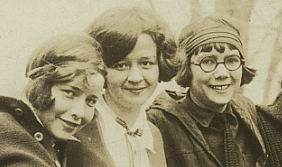
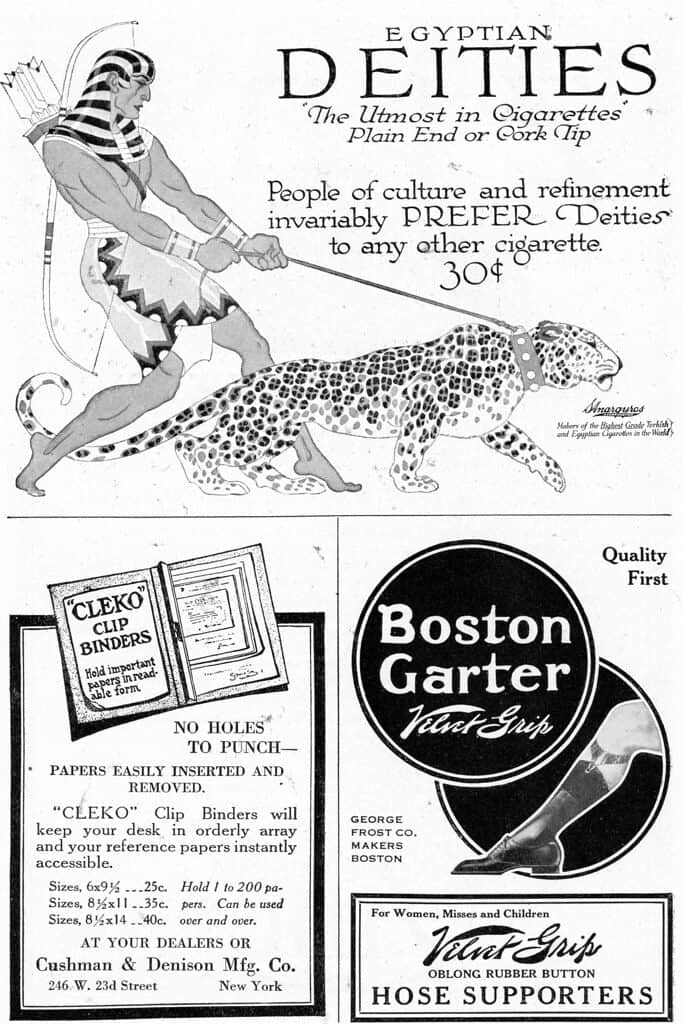


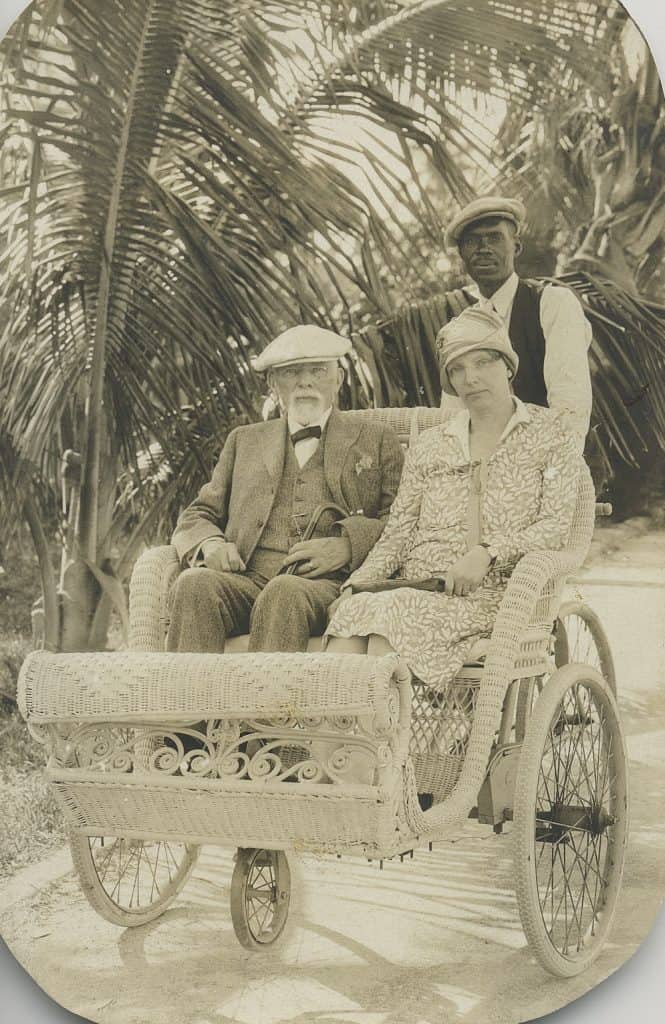


Teaching Meme
This meme is meant to make fun of the fact that as aspiring teachers we often think that we need to have all the answers since we are professionals. However, I know with myself, I also am prone to make human errors (like spacing out on the spelling of a word). This presents a dichotomy that I feel many teachers can relate to. It also is meant to remind us that we all make mistakes and not to put too much pressure on ourselves when we make little mistakes, which we are all bound to do at one point or another.


